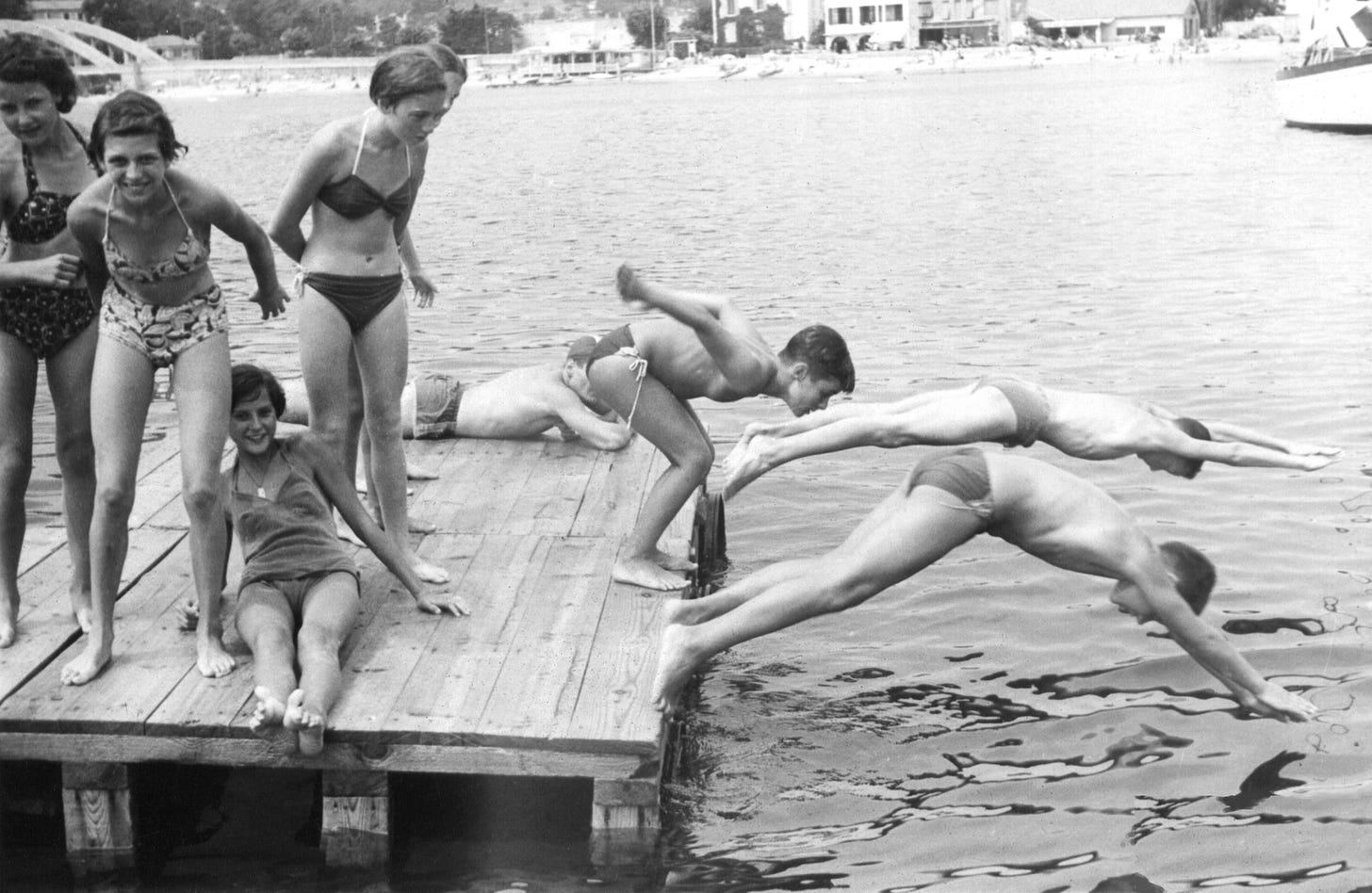No. 10: A New Mirror: The 20th Century and the Memory of the Common Life
Proof of Life Series: No.10
A New Mirror: The 20th Century and the Memory of the Common Life
For most of human history, the preservation of identity - memory, portraiture, and historical record - was a luxury of the powerful. Kings, clergy, aristocrats, and generals populated the official record. Their likenesses were painted, carved, embroidered in tapestries, or inscribed in stone. Their deeds - whether noble or cruel - were the ones written down, passed forward, mythologized. The rest of humanity - the farmers, laborers, mothers, shopkeepers, lovers, wanderers - lived their lives and passed away, largely unremembered by history.
That changed in the 20th century, a period that might rightly be called the first democratic century of memory. With the advent and widespread adoption of photography, ordinary people were given a mirror. Not a metaphorical one, but a real, material mirror that captured them as they were - in kitchens and living rooms, on porches, in uniforms, at graduations, beside their cars, holding babies, dancing, grieving, surviving.
For the first time, the common person began to see themselves not only as alive, but as recorded - as worthy of preservation. This shift was seismic. Humanity began, slowly, to understand that history was not merely made by the powerful, but lived by everyone.
Photography as Democratic Memory
Unlike painted portraiture or monumental sculpture - expensive, idealized, rare - photography was cheap, fast, and widely accessible. It flattened hierarchies. A steelworker’s family could afford a photograph just as easily as a businessman’s. Soldiers, schoolchildren, factory workers, and grandmothers all found their way onto photographic paper. Memory became mass-produced - but not depersonalized.
These photographs didn’t merely depict people. They held them. In the folds of a smile, the worn carpet under a chair, the shadows on a wooden fence - entire atmospheres of life were encoded. Time became visible in its smallest forms.
And yet, even as photography preserved these lives, most of them were still forgotten. As decades passed, photographs lost their names. Albums were broken up. Families scattered. Contexts eroded. And so we are left with a vast sea of anonymous images - faces looking back at us, silently, from a time that still feels eerily close.
Reversing the Gaze
Projects like the Exquisite Family Records emerge from this sea - not to restore facts, but to restore presence. In a reversal of the historical gaze, where the spotlight was always pointed upward toward kings and generals, this archive turns its attention to the lateral lives - the cousins, neighbors, unknown children, and strangers we might have passed in the street.
This is more than nostalgia. It is an act of human recognition: to say that a blurred photograph of a woman hanging laundry is as worthy of narrative as any royal portrait. That a birthday party in a modest kitchen carries as much emotional weight as a coronation. That the small, private gestures of ordinary life are history - just as real, just as essential.
A Mirror Turned Inward
The proliferation of vernacular photography in the 20th century also changed how we see ourselves, as a species. We are no longer dependent on institutions to tell us who we were. The archive is no longer guarded by the elite. It now lives in shoeboxes, basements, and flea markets. And it allows us to construct a different kind of memory: not the official history of nations, but the emotional history of persons.
We begin to recognize that we were always part of the story. That the anonymous family in the photo album could be our own. That the past is not a series of grand events, but a quiet accumulation of ordinary days.
Conclusion: The Archive of the Forgotten Remembered
In the 20th century, humanity gained its first truly egalitarian mirror. And now, in the 21st, we face the challenge - and the opportunity - of how to work with what it revealed.
Projects like the Exquisite Family Records, nested within the larger living structure of the Ontological Museum, attempt to write the unwritten lives - to give voice to the unknown, and to honor the beautiful, fragmentary memory left behind by the great anonymous billions who made this world as surely as anyone whose name we still remember.
This is not a recovery project. It is not forensic.
It is a re-membering project.
A stitching-together of persons from lost parts.
A restoration of presence through the art of attention.
And it begins with the simple, radical belief that every life matters, and every photograph is already a poem.




Your vision is expansive and born of presence. I can see how each part is also the whole. It prompts me to check in with my vision. Sometimes I have so many ideas and need to get them grounded. You are an inspiration.